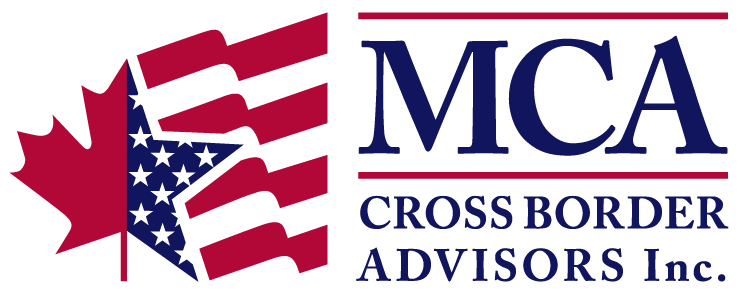Matt C. Altro is a regular contributor to Paul Delean’s business column in the Montreal Gazette. Click here to view the article online or scroll down to read Matt’s answer to the second question below.
Tax Strategy: Moving to the U.S. brings significant changes in tax, healthcare
PAUL DELEAN
The Montreal Gazette
Monday, February 22, 2016
The tax and healthcare implications of a U.S. move and where to claim a deduction for a RRIF reimbursement were among the topics raised in the latest batch of reader questions. Here’s what they wanted to know.
Q: “We are seniors intending to move to California. My son is sponsoring us. Do we qualify for Medicare there or will we need private insurance? What’s the advisable thing to do with our RRIF (Registered Retirement Income Fund)?”
A: Matt Altro, president of MCA Cross Border Advisors Inc., says there are three ways to get health insurance in the U.S.: through an employer, by purchasing private insurance and through U.S. Medicare.
To qualify for Medicare, you must be 65 and older and either be a U.S. citizen or have lived in the country for five continuous years as a permanent resident (green card holder). “Keep in mind that if and when you do qualify for Medicare, it is not without cost.”
The good news is that even if you don’t initially qualify for Medicare, you will qualify for private health insurance when you move to California as, under the Affordable Care Act (ObamaCare), no U.S. resident can be denied coverage due to pre-existing conditions, Altro said.
As for your RRIF, any advice would need to be tailored to your particular situation, but in general, it is advisable not to collapse an RRSP/RRIF until after establishing U.S. residency, Altro said. You can continue taking minimum RRIF distributions until you move to the U.S. but once there, you may want to consider taking out more in order to benefit from a much lower non-resident tax rate. While Canadians pulling money from their RRIFs can pay up to 54 per cent in tax at the top marginal rate, the withdrawal tax rate for non-residents drops to 25 per cent and possibly even 15 per cent with proper planning.
“In addition, the tax paid to Canada will generate foreign tax credits that can be used to offset federal U.S. taxes in future years,” Altro noted. As long as you maintain your RRIF, Canada allows tax-free growth to continue as a non-resident, and fortunately the Internal Revenue Service in the U.S. also permits continued deferral of U.S. federal tax on the accumulated earnings.
There is however a complication when moving to California, as that state does not permit state tax deferral for RRSP/RRIF holders and will tax you annually on any earnings. Pre-departure planning opportunities exist to help mitigate this. Remember, also, that when you hold non-U.S. financial assets above certain thresholds, the IRS requires you to make annual disclosures with your U.S. tax returns.

